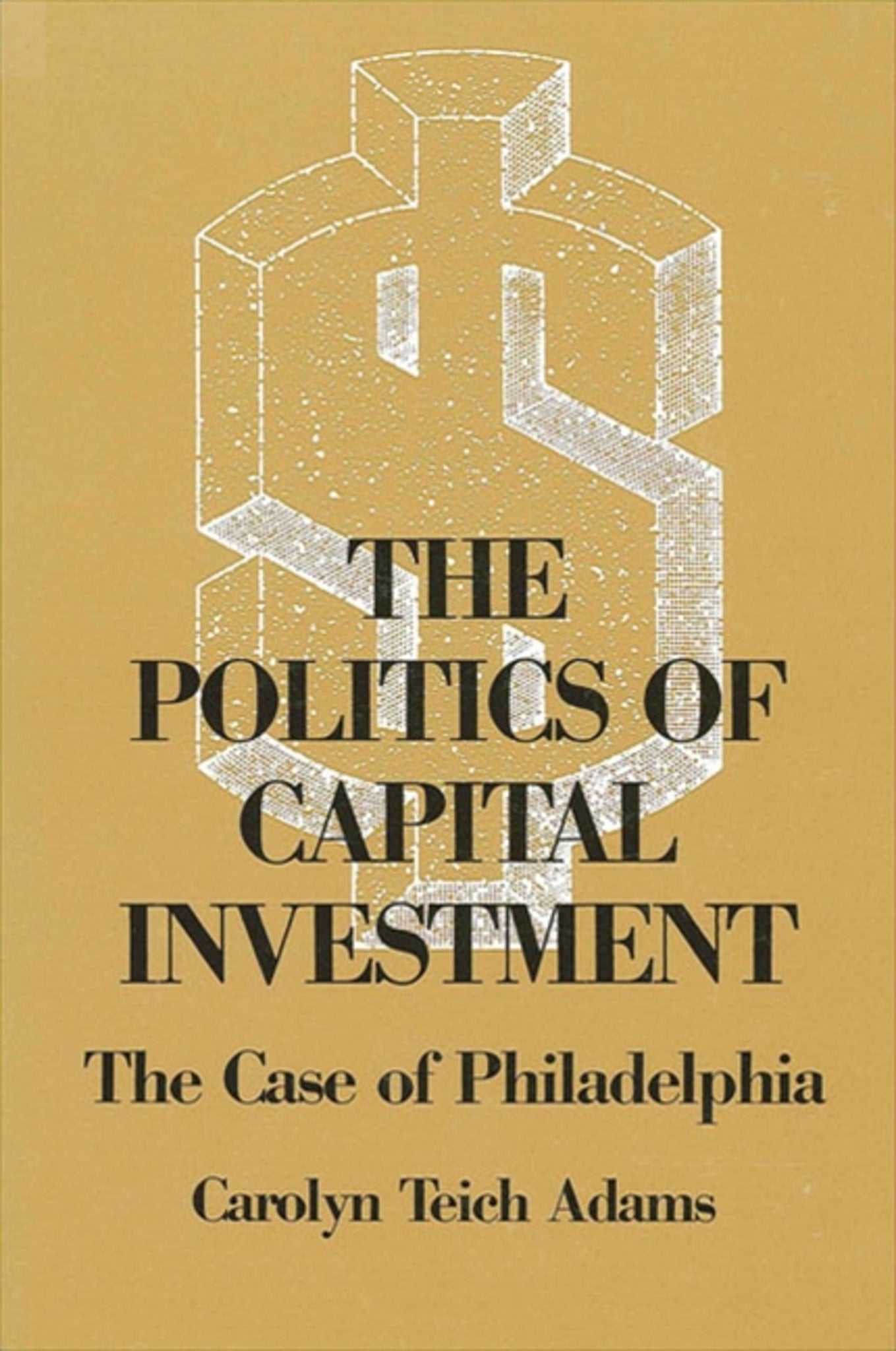We're sorry. An error has occurred
Please cancel or retry.
The Politics of Capital Investment

Some error occured while loading the Quick View. Please close the Quick View and try reloading the page.
Couldn't load pickup availability
- Format:
-
23 November 1988

This book examines both the politics and products of the public investment process in one of America's largest cities. It broadens the scope of contemporary debates on the political economy of urban development to include not only large-scale redevelopment projects, but also neighborhood facilities such as schools, parks, and libraries. Showing the share of investments that went into Philadelphia's downtown versus its residential neighborhoods from 1950 to 1980, the author challenges the widely held view that public investment patterns simply reflect political pressures from pro-development groups. Instead she shows that a city's decision to build often hinges on the availability and the sources of investment capital.


"Students and general readers will find it appealing — the analysis is clear, straightforward, and virtually without jargon. It is definitely a winner, combining readability with academic sophistication."— Clarence N. Stone, University of Maryland, College Park
"A major contribution of the book lies in Adams' insight concerning the 'dual budgeting' process that characterizes capital spending decisions. She goes beyond positing its existence to empirically examine the processes through which it develops and its consequences for democratic control of local policy." — Richard C. Rich, Virginia Tech
Acknowledgments
1. Introduction
2. Philadelphia as a Case Study
3. The Distribution of Cmmunity Improvements
4. Community Facilities and Neighborhood Housing Markets
5. Political Struggles over Cutbacks and Closures
6. Financing Capital Projects
7. Conclusions
Appendix 1
Breakdown of Capital Programs for 1954-59, 1966-71, 1974-79
Appendix 2
Philadelphia Neighborhoods
Notes
Index



